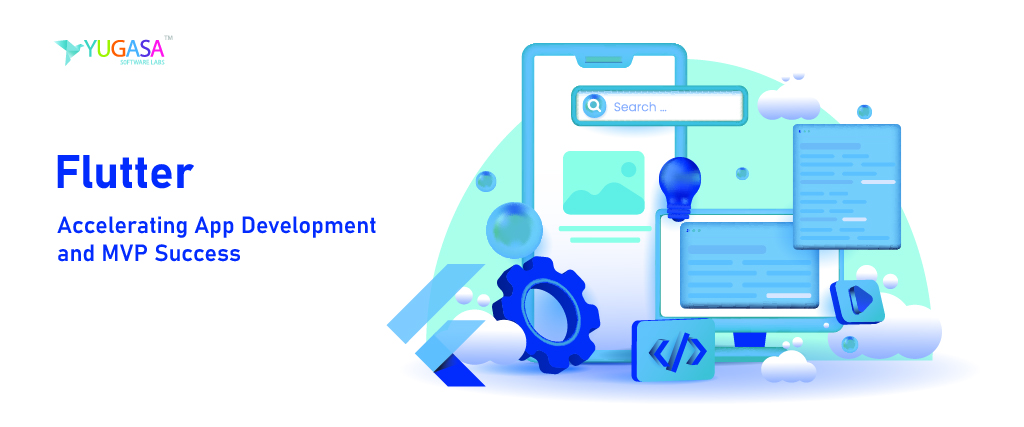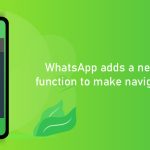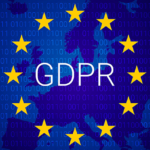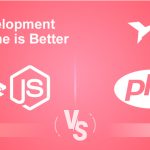Cross-platform mobile app development is made simple and easy with the help of Flutter, an open-source software development kit.
Without needing to develop separate code for iOS and Android, you can easily create high-quality natively generated apps for both platforms.
All you require is one codebase for both platforms.
Due to its quicker time to market and rapid development advantage, Flutter is also a great option for MVP development.
This blog covers Flutter and why you should consider it for mobile app development or for creating MVP.
What is Flutter?
When Objective C/Swift and Java/Kotlin were the main programming languages for mobile development, creating apps was costly.
Building two distinct apps required double the work, as you may imagine.
Several frameworks have been developed to address this issue and enable the development of HTML5 and Javascript hybrid, or cross-platform, applications.
Flutter is a portable user interface toolkit that allows you to create native-looking desktop, web, and mobile apps all from a single codebase.
It is written in the Dart programming language.
Developers using Flutter can create amazing user interfaces that have a native feel.
Even though you’re only utilizing one codebase, it functions normally on all platforms.
With a mobile SDK that offers a responsive style without requiring a Javascript bridge, Flutter is the only framework that can match or surpass React Native, its cousin, and main competition.
It effortlessly interfaces with a variety of operating systems, including Windows, MAC, Linux, iOS, Android, and Google Fuchsia apps.
Why should an MVP or app developer choose Flutter?
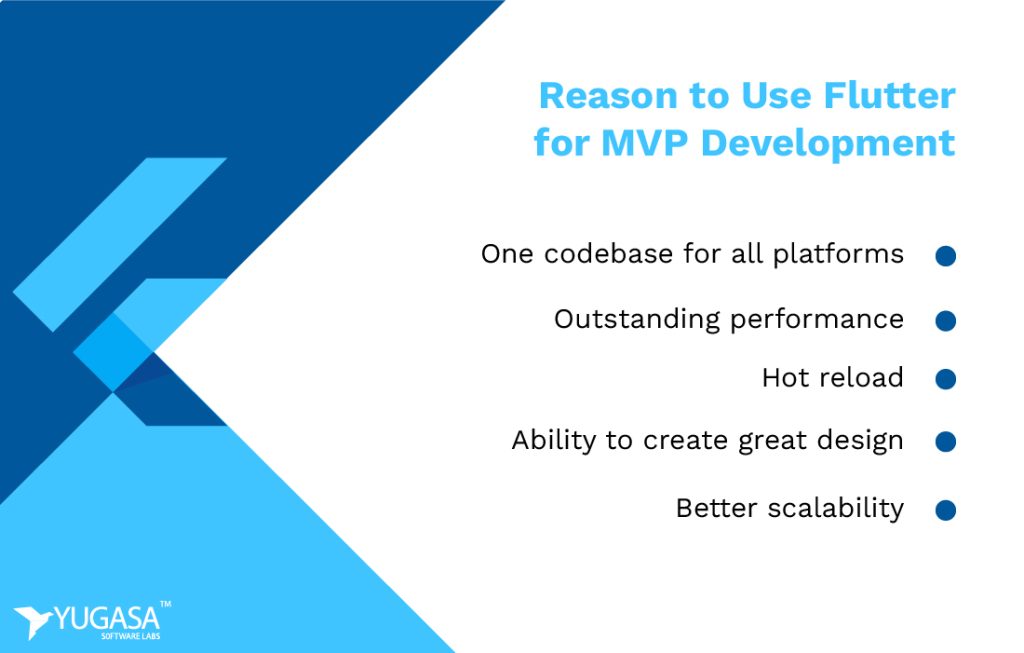
Flutter is a fantastic option for developing apps and Minimum Viable Products (MVPs) since it is a strong and adaptable framework for developing cross-platform mobile applications.
One codebase for all platforms
The days of needing to build separate code bases for iOS and Android devices are long gone.
Because of Flutter’s code reusability, you can develop a single codebase that can be used for web, desktop, mobile Android iOS, and more.
This allows you to launch your software considerably faster, eliminates costs, and drastically reduces development time.
Outstanding performance
Dart, the programming language used by Flutter apps, allows for their excellent performance outcomes (60 to 120 frames per second).
This language enables Ahead-of-Time (AOT) compilation and is client-optimized.
Unlike other cross-platform frameworks that require bridging, the code runs natively on each platform, resulting in speedier Flutter applications.
Hot reload
One feature of Flutter that developers really adore and company owners find very valuable is hot reload.
Without having to restart the program, developers may see the code changes instantaneously thanks to hot reloading.
This functionality saves a lot of time, which in turn saves money.
All things considered, hot reload facilitates faster iterations on code modifications, identifies and fixes code faults earlier, and permits greater experimentation, all of which improve user experience.
Ability to create great design
Developers and designers may create mobile apps that are as distinctive as possible without being limited by their imagination thanks to Flutter’s rich libraries of customizable widgets and components.
Thus, it is feasible to create Flutter apps with sleek, contemporary UIs that offer a seamless user experience.
These apps perform well and have limited chances of problems to arise.
Global community
Due to its open-source nature, Flutter’s development and accomplishments are accessible to everybody.
Many Flutter experts from across the globe contribute new documentation, exchange experiences, and write books, courses, and other instructional resources.
In this approach, Flutter continuously improves by drawing on the knowledge of the worldwide community and real-world different cases.
Moreover, Google continuously provides timely updates and patches, which contributes to the popularity of the framework.
Better scalability
Flutter provides distinctive user interface designs that are ideal for fulfilling the demands of the minimal viable product (MVP).
Flutter guarantees higher scalability with a wide range of configurable widgets, cross-development support, increased responsiveness, code reusability, and many other benefits.
Consequently, Flutter makes it simple to create scalable MVPs that may change to meet evolving business requirements.
Integration with Firebase
Google’s Firebase is a backend-as-a-service that is integrated with the Flutter app development framework.
Firebase facilitates rapid and simple app development by eliminating the need for server-side code.
Numerous capabilities are available with Firebase, including real-time database hosting, analytics, crash reporting, cloud storage, authentication, and cloud functions.
Thanks to these characteristics, developers may use a top-notch infrastructure to create scalable, secure, and powerful apps.
Consequently, companies don’t have to spend money developing their backend infrastructure.
Businesses can benefit from utilizing Flutter and Firebase to create a Minimum Viable Product (MVP) as Firebase is continuously being enhanced by Google.
To assist businesses in succeeding, every feature is updated with the newest technological developments.
Enhanced investors interest
Investor interest in Flutter is growing as a result of its great performance on a variety of mobile devices.
MVPs created with Flutter have greater functionality and can reach a larger audience.
Investors also have faith in Flutter’s track record of dependability, scalability, customisation, rapid development, and stability.

FAQs
How Does Flutter Reduce App Development Costs?
Reducing development time and effort is the key to creating apps that are affordable.
A mobile app development company’s total app development cost will decrease in direct proportion to the length of time it takes to build an app.
As a design-focused cross-platform SDK, Flutter addresses the problem of increased app resource requirements by providing exceptional design and development quality with a minimal toolkit and labor demand.
Why is Flutter the Best Option for Developing MVPs?
The fact that developing a solution using flutter MVP architectural development requires less time and work and comes with a significantly lower cost is what makes it the best option.
Conclusion
Flutter is a great framework for creating MVPs and mobile apps because of its ability to combine cross-platform functionality, performance, and productivity.
Whether you’re a startup trying to swiftly prove your idea or an existing company hoping to expand, Flutter offers the freedom and resources you need to successfully realize your vision.
So hurry up and connect with Yugasa Software Labs!


